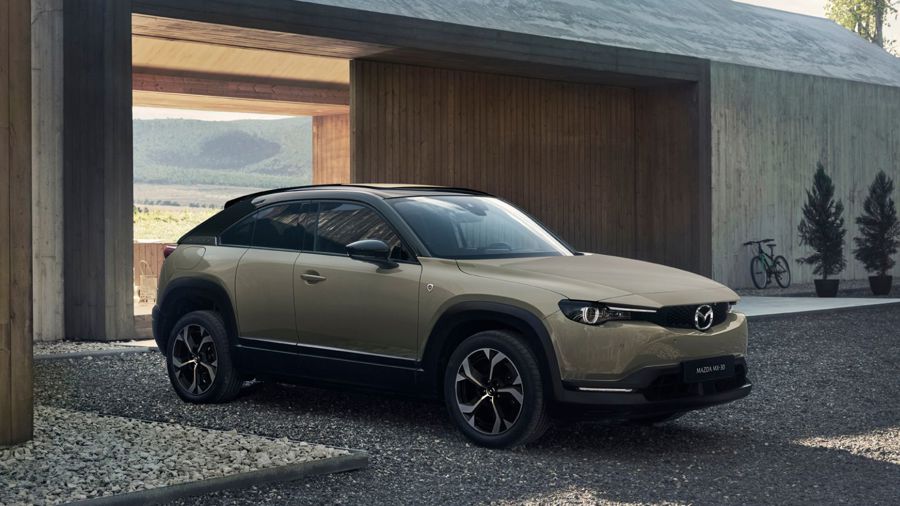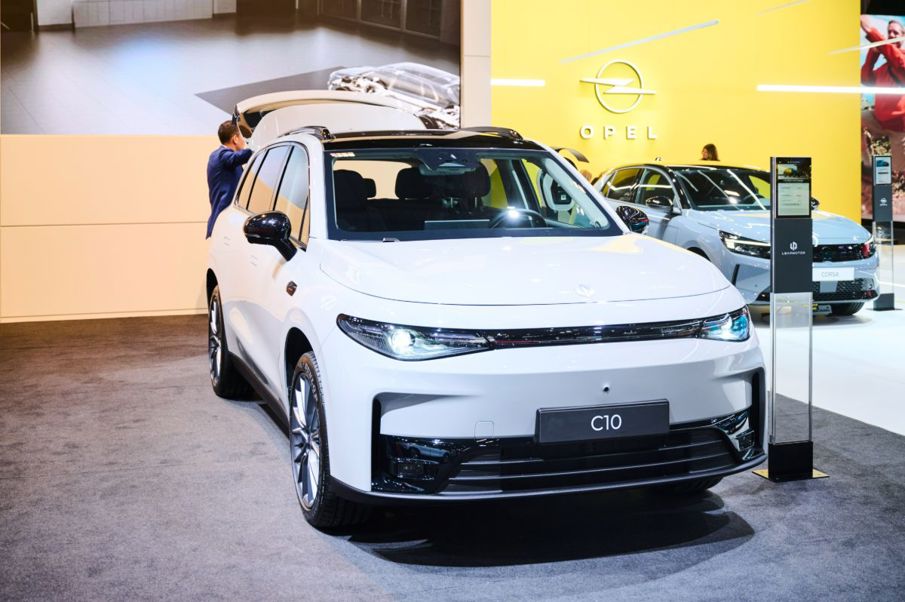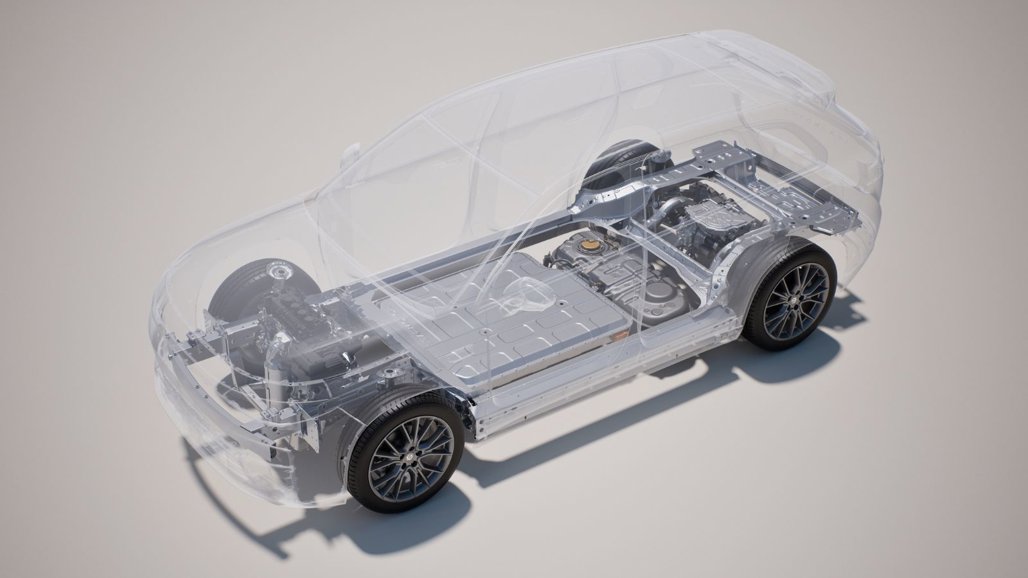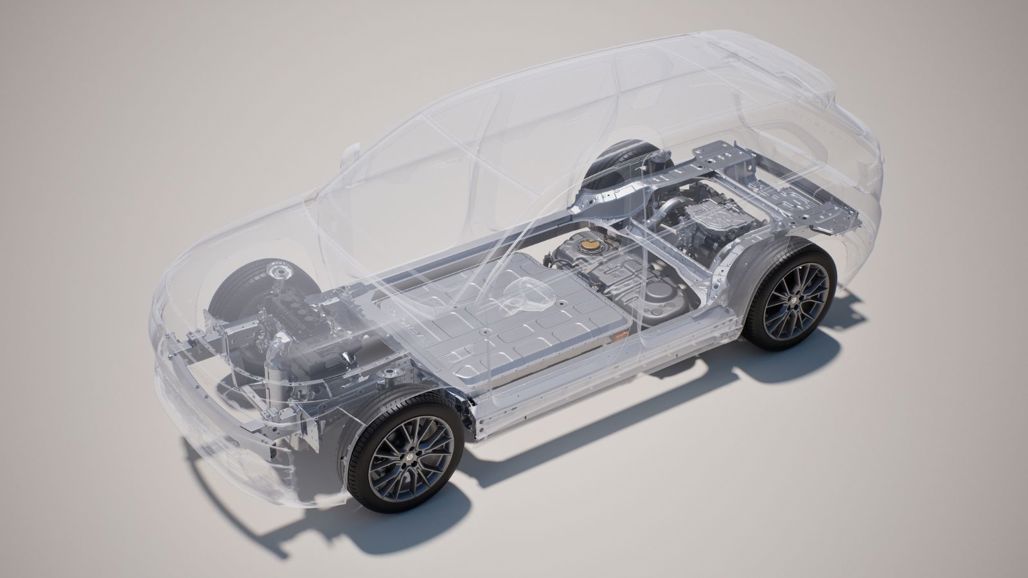As electric vehicles (EVs) continue to evolve, the alphabet soup of terminology grows with it.
One of the lesser-known yet increasingly relevant acronyms is EREV: Extended Range Electric Vehicle. But what exactly is it, and how does it differ from a plug-in hybrid or a pure EV?
What defines an EREV?

An EREV is a type of plug-in vehicle primarily driven by an electric motor, but with an onboard internal combustion engine (ICE) that acts solely as a generator. This means the vehicle is always powered by electricity at the wheels, but the engine can extend the range by charging the battery when it runs low.
Unlike conventional hybrids, the engine never drives the wheels directly. This architecture provides a clear distinction: EREVs are electric-first, with petrol playing a secondary role only when the battery depletes.
That sets them apart from plug-in hybrid electric vehicles (PHEVs), which can switch between electric and combustion drive depending on conditions or settings.
How does an EREV work?
At low to moderate distances - typically under 100 km - an EREV operates like a standard battery electric vehicle (BEV).
The onboard battery supplies power to the electric motor, delivering smooth, quiet driving with zero tailpipe emissions. Once the battery is depleted, the petrol engine kicks in, but only to generate electricity.
This is known as a series hybrid setup. There's no mechanical link between the engine and the wheels, which simplifies the drivetrain and ensures the driving experience remains electric in feel. It also allows for more consistent efficiency compared with the variable modes in a PHEV.
Key benefits of EREVs

The EREV format delivers a unique combination of electric driving characteristics with added flexibility for longer journeys.
While not as widespread as BEVs or PHEVs, their specific configuration can be a pragmatic solution for drivers seeking electric efficiency without full reliance on charging networks.
Real-world usability
For many New Zealanders, daily commuting falls well within the electric-only range of an EREV. That means most drives can be emissions-free - provided the battery is kept charged.
When longer trips arise, there's no need to plan around charging infrastructure, as the generator provides additional range.
Consistent EV feel
Because the wheels are always driven by the electric motor, acceleration remains linear and quiet, even when the engine is running. There's no gear hunting or sudden engine engagement as found in some PHEVs.
Simplified powertrain
The series hybrid layout reduces mechanical complexity. Without a transmission or direct engine connection, there's less that can go wrong mechanically, though software integration becomes more critical.
Limitations to consider

While EREVs offer compelling advantages, they’re not without trade-offs. Their hybrid nature brings a unique set of compromises that may affect long-term appeal and ownership costs.
Understanding these limitations is key to assessing whether an EREV aligns with your driving habits, travel distances and access to charging infrastructure.
Efficiency at long range
Over longer distances, a dedicated hybrid or efficient petrol vehicle may outperform an EREV in terms of fuel economy, since the engine in an EREV isn't optimised for sustained propulsion. It's there to generate electricity, not to maximise combustion efficiency.
Battery size and cost
Because EREVs require a reasonably large battery to deliver useful EV-only range, they often carry a higher upfront cost than regular hybrids. That can place them closer to full BEVs in terms of pricing, without the same long-range electric capability.
Limited availability
Models like the Mazda MX-30 R-EV and Leapmotor C10 REEV (range extender electric vehicle) exemplify the EREV concept. The former uses a compact rotary engine as a generator to minimise weight and space, while the latter combines a 1.5-litre engine with a 28.4kWh battery for a 145km EV range.
While not yet common in New Zealand, EREVs may see renewed interest as a transitional technology.
Are EREVs a long-term solution?
The role of EREVs is likely transitional. They offer a bridge for those not ready to go fully electric but want to reduce emissions and fuel usage. As battery tech and charging networks improve, pure BEVs will likely dominate. Still, in a market like New Zealand - where charging infrastructure remains inconsistent - EREVs can fill an important niche.
EREVs blend the benefits of electric drive with the reassurance of petrol back-up. They're not quite BEVs, nor are they traditional hybrids. For some Kiwi drivers, they might just be the right mix - for now.





